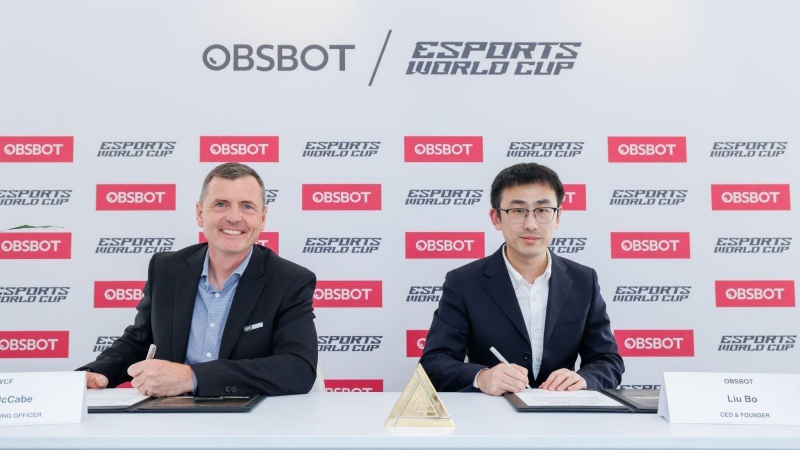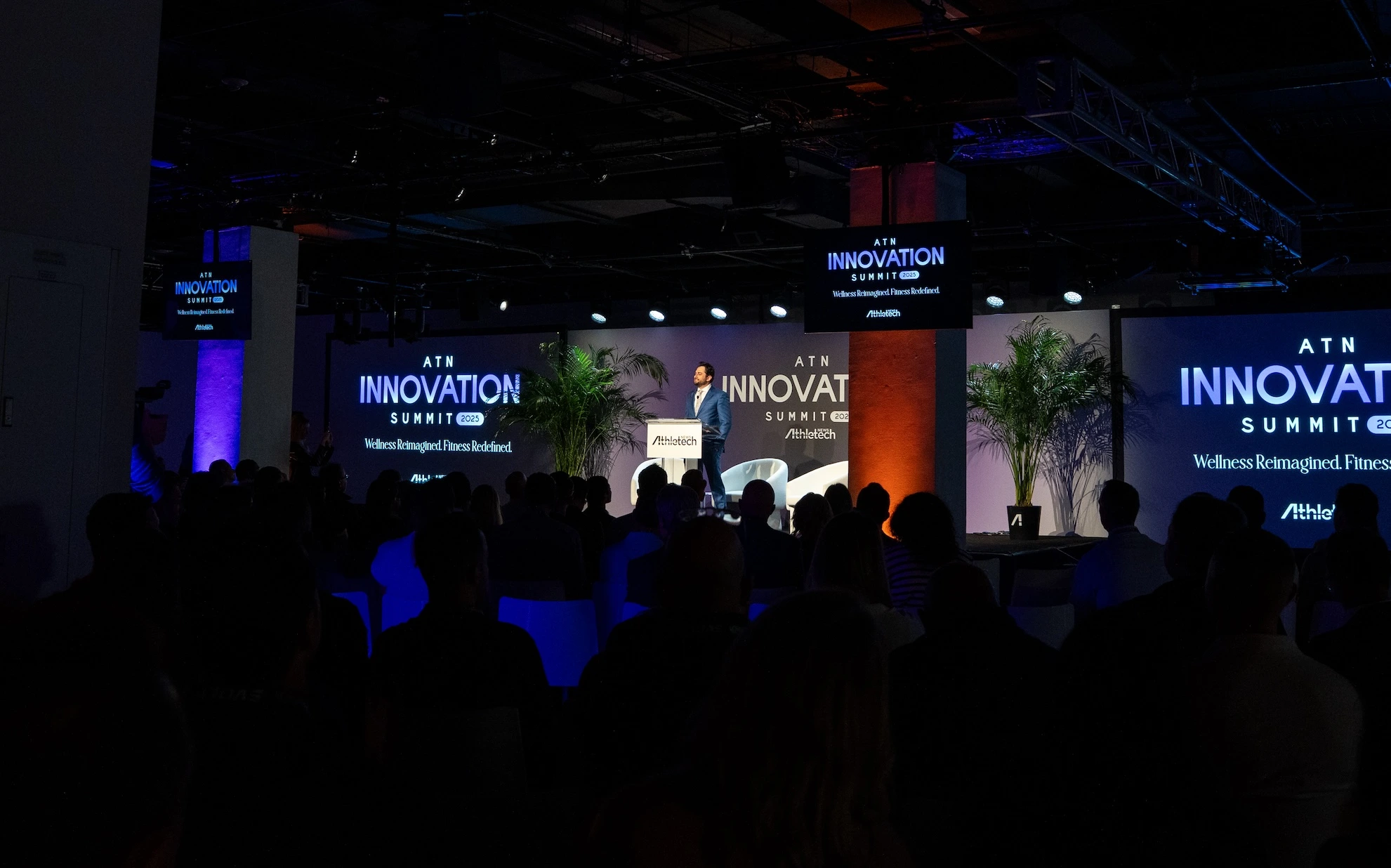At Athletech’s first-ever industry-wide event, hundreds of executives, founders and innovators gathered in NYC to chart a new course for the future of fitness of wellness
The ATN Innovation Summit 2025 was held this week in New York City, bringing together the brightest minds and best brands across fitness, wellness, health, technology and more for a two-day celebration of the industry’s growth – and a critical look ahead at its future potential.
Nearly 1,000 people attended the groundbreaking event, including founders and C-suite executives, PHDs and doctors, and partners at top consulting and financial firms.
The content on offer included over 80 speakers spread out across 31 sessions, featuring multiple keynote addresses, one-on-one fireside chats with top CEOs and plenty of lively panel discussions. More than 25 brands activated on site, with products spanning the latest in fitness tech and equipment, cutting-edge wellness and longevity tools, and new-age nutrition and supplements.
Energy and excitement were palpable throughout the event, whether you were taking in content on the main stage and breakout stage, trying out new products in the Wellness and Innovation Lounges, or networking with colleagues over food and drinks.
In case you missed the event – or just want to relive it – Athletech News breaks down five key takeaways from the Innovation Summit 2025, with an eye toward what each means for the future of fitness and wellness.
Fitness Isn’t Just ‘Fitness’ Anymore
The fitness and wellness industry is growing fast, and its convergence with sectors including healthcare, consumer technology and hospitality was on full display at the Innovation Summit.
“When I look out right now, I don’t just see fitness brands,” ATN founder and CEO Edward Hertzman said during the Summit’s opening remarks. “I see doctors, I see wellness operators, I see tech founders, real estate executives, med spas, apparel execs, data scientists, hotel groups and consulting firms.”
Hertzman closed his speech with a thought-provoking question that set the tone for the rest of the event.
“What do we even call ourselves anymore?” he said.
Whatever your answer to that question, one thing is clear: fitness and wellness are hot right now. This presents incredible opportunities for the industry’s established players and startup brands alike, but it also means competition is high as blue-chip companies including Amazon, Walmart and Apple look to profit off the rising global demand for well-being.

AI Is Going ‘To Change Everything’
The rise of artificial intelligence was a key theme throughout the Summit, with tech executives, data scientists and gym operators all pointing to the need for brands to thoughtfully and strategically integrate AI into their offerings – or risk getting left behind forever.
“If you get any heebie-jeebies about AI and what’s coming next, you should, because AI is going to change everything,” Sports Innovation Lab co-founder and CEO Josh Walker proclaimed during Day One’s keynote address.
Walker, whose firm analyzes data for sports and media companies including the NFL and ESPN, said that in order to thrive in the era of AI, fitness and wellness brands must invest in data and consumer insights.
“If you don’t know your customer you can’t talk to them. … And AI is all about having a conversation,” Walker said.
Fitness and tech executives also sought to dispel rumors that AI will make humans obsolete.
“AI won’t replace humans, but humans who use AI will replace humans who don’t,” said Rose Minar, the chief marketing and experience officer for Snap Fitness/Lift Brands.
Fritz Lanman, the CEO of Playlist (parent brand of Mindbody, ClassPass and Booker) believes AI will supercharge the businesses and executives that properly harness the power of this new technology.
“It’s really amazing, but it’s not going to fully replace humans,” Lanman said of AI. “What it is going to do is empower and democratize the ability to do really deep and incredible analytics, really great personalized marketing and things like that to help businesses … grow and be more effective.”
“I see us heading toward an age of human augmentation, not substitution,” he added.
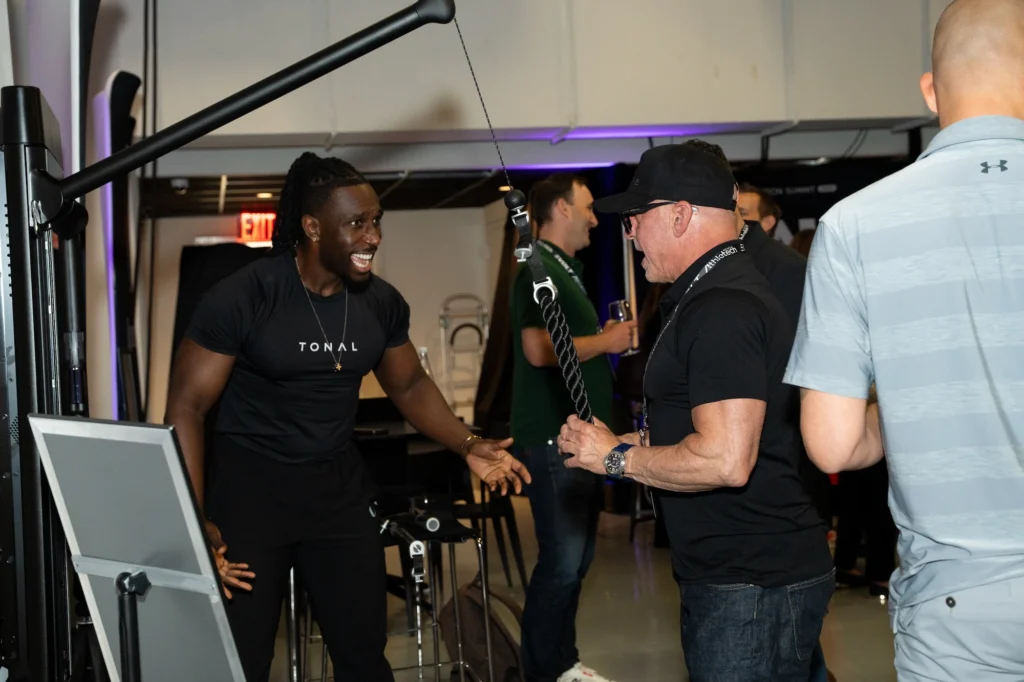
Women’s Health Is Now a Priority, But More Progress Is Needed
Executives, doctors and scientists took the stage during the Innovation Summit to discuss the rise of women’s health. Their central message: women’s health is becoming a bigger priority, but entrepreneurs and medical professionals need to take further strides to ensure they’re meeting the unique health needs of women while overcoming institutional biases that tend to prioritize males over females in science.
“Hormonal health is finally having the moment it deserves,” said Melissa Knowles, vice president of global key accounts for software provider ABC Fitness. “Not (every woman) will be a mother, but everyone will go through menopause.”
Women are all-in on strength training, a phenomenon that many speakers noted – and praised – during the Summit.
“95% of our women want strength training,” noted CorePower Yoga chief marketing and commercial officer Sarah Choi. “When we launched Strength X, it was one of our most successful new launches. … Women no longer just want low-impact workouts.”

Dr. Frank Lipman, a functional medicine pioneer and founder of the Eleven Eleven Wellness Center, said he’s encouraged that women’s health is becoming a bigger focus in mainstream medicine. However, he added that a lot of work still must be done to overcome gender biases.
“As physicians, we don’t take women as seriously as men,” Dr. Lipman said. “If men can’t get erections, there’s a drug, but if women have pain during sex, they’re just getting older.”
Gyms & Connected Fitness Brands Embrace Technology
Another hopeful message from the Summit is that the world’s top gym operators and connected fitness brands are investing in technology to make working out more fun, effective and social.
Peloton’s chief product officer Nick Caldwell identified software innovation as a key priority for the brand moving forward.
“We have to go beyond offering just what we see on the leaderboard, high fives and hashtags,” Caldwell said. “That’s a great starting point, but our members crave more and we see that through communities being created on external platforms, like Facebook (and) Twitter, where hundreds of thousands of our members are trying to find ways to come together, share fitness tips and support each other.”
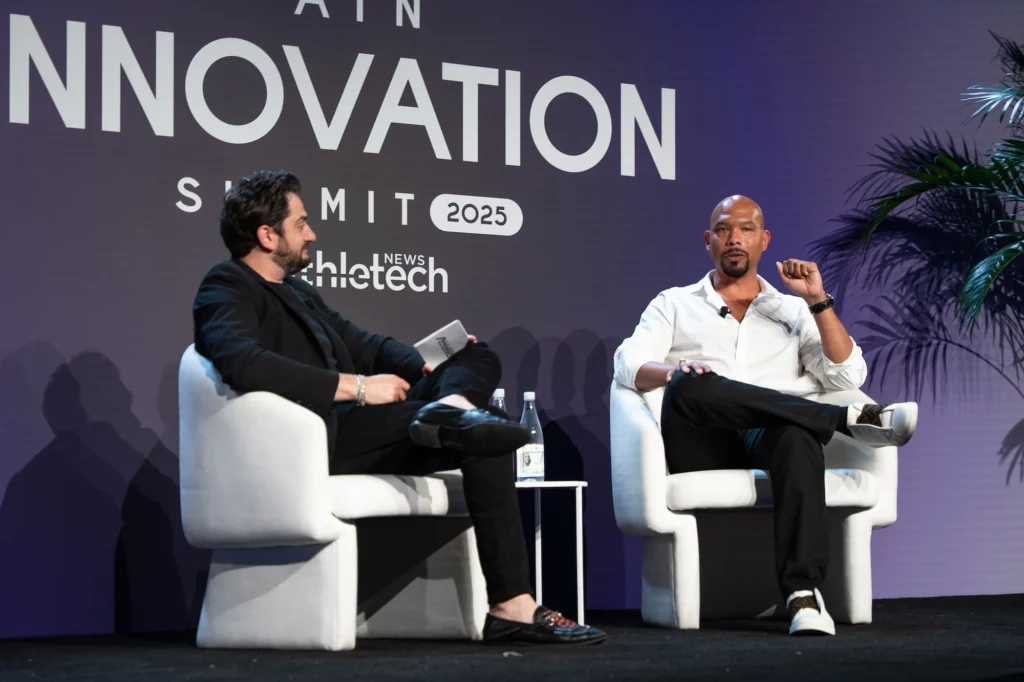
Brick-and-mortar fitness brands are also going all in on tech.
Richard Idgar, chief operating officer for fast-growing gym chain EoS Fitness, shared that EoS has been using EGYM’s new gamification tech inside of its clubs to great effect.
“That is very appealing to a lot of demographics in our gyms, where there is a leaderboard, and they’re competing … against themselves, other members, even other gyms,” Idgar said.
Nicholas Barshick, the co-founder and chief operating officer for Chuze Fitness, envisions a Chuze app that creates personalized workout and nutrition plans based on an individual member’s goals:
“It would be amazing if we could get a GPT integrated into our app that is trained on our club layout and knows exactly what equipment we offer,” Barshick said. “You’ve got a new member that’s like, ‘Yeah I love 5Ks and I want to put on five pounds of muscle’ – and it delivers a custom plan.”
Fitness & Wellness Is a Hospitality Industry
Hospitality is becoming increasingly intertwined with fitness and wellness in the post-COVID world.
During a panel titled, “The 5-Star Effect: Elevating Wellness Through Hospitality,” executives and operators made the case that we’re entering a new age in fitness and wellness that’s centered around human connection, person-to-person relationships, and, perhaps most importantly, “feeling good.”
“We’re back into the human connection chapter,” declared Mark Rivers, the CEO of wellness resort Canyon Ranch.
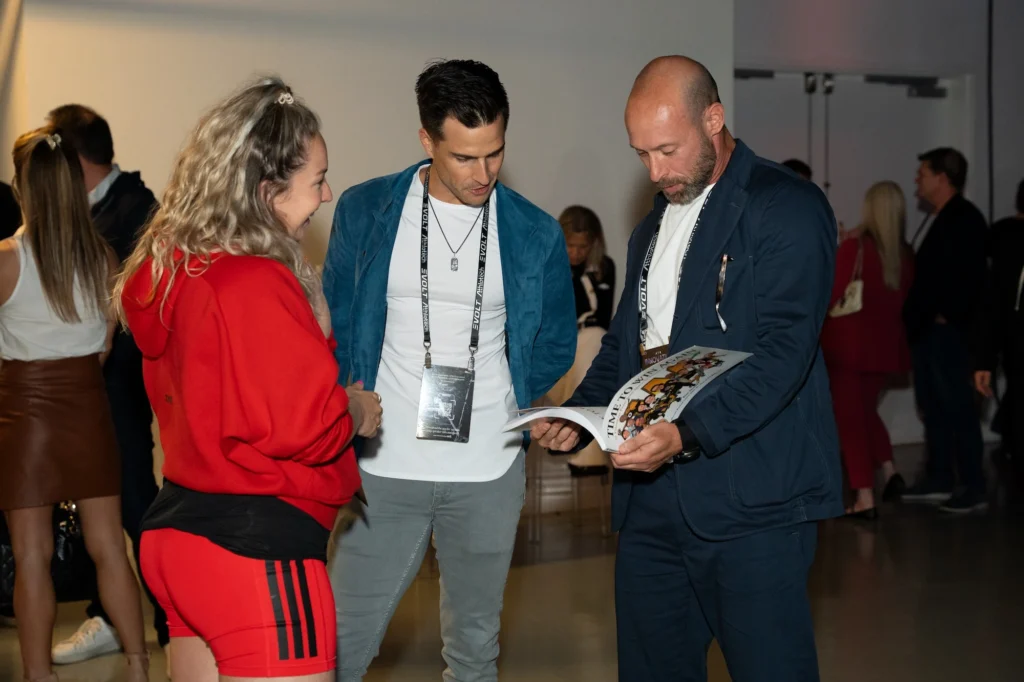
Meanwhile, luxury hotel brands are adapting to the rise of wellness tourism by offering guests more options focused on fitness, recovery and general well-being.
“It’s probably the newest trend we’re seeing. … There’s a huge demand now for hotels focused on wellness and longevity,” said Barak Hirschowitz, president of the International Luxury Hotel Association.
Sleep is a key driver of the wellness revolution that’s happening inside luxury hotels across the world. Shafi Syed, global head of hotel development and acquisitions for Equinox Hotels, noted that Equinox has partnered with sleep scientists to improve the way its guests rest and recover.
Other hotels are making similar investments, per Hirschowitz.
“Travelers found that when they were leaving hotels, they were worse off,” the ILHA president said. “Now, we want you to leave better.”
This story includes additional reporting from Courtney Rehfeldt, Collin Helwig and Elizabeth Ostertag.
Be sure to stay tuned to Athletech News’ website, newsletter and social media accounts for more coverage of the Innovation Summit 2025, including in-depth breakdowns on panel discussions and one-on-one fireside chats. And be on the lookout for more information about next year’s event.

